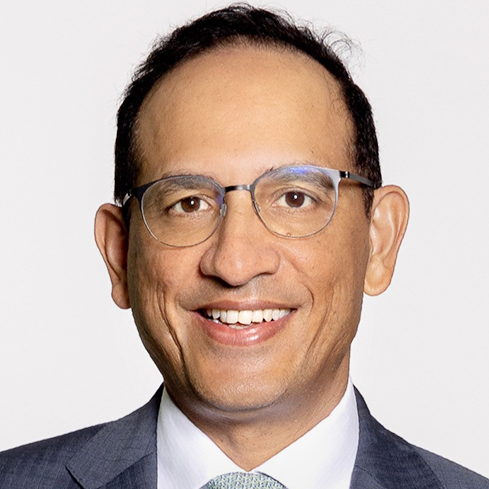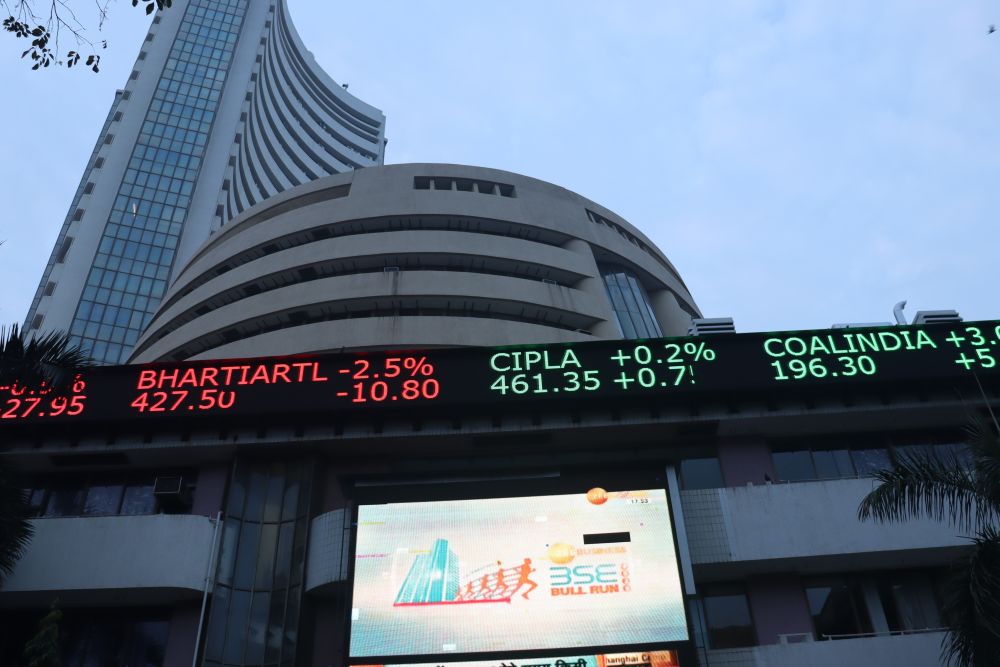Another growth scare has come and gone for the Chinese economy. This, of course, is very much at odds with Western conventional wisdom, which has long expected a hard landing in China. Once again, the Western perspective missed the Chinese context – a resilient system that places a high premium on stability.
Premier Li Keqiang said it all in his final comments at the recent China Development Forum. I have attended this gathering for 17 consecutive years and have learned to read between the lines of premier-speak. Most of the time, senior Chinese leaders stay on message with rather boring statements about accomplishments, targets, and reforms, toeing the official line of the annual “Work Report” on the economy that is delivered to the National People’s Congress two weeks earlier.
This year was different. Initially, Li seemed subdued in his ponderous responses to questions from an audience of global luminaries that focused on weighty issues such as trade frictions, globalization, digitization, and automation. But he came alive in his closing remarks – offering an unprompted declaration about the Chinese economy’s underlying strength: “There will be no hard landing,” he exclaimed.
The all-clear sign from Li was in sync with official data in the first two months of 2017: solid strength in retail sales, industrial output, electricity consumption, steel production, fixed investment, and service sector activity (the latter signaled by a new monthly indicator developed by China’s National Bureau of Statistics). At the same time, the People’s Bank of China took its cue from the US Federal Reserve’s rate hike this month, boosting Chinese policy rates by about ten basis points. The PBoC would not have taken that step had it been overly concerned about the underlying state of the Chinese economy.
But the icing on the cake came from the trade data – namely, annual export growth of 4% in January and February, following a 5.2% contraction in the fourth quarter of 2016. This underscores a key contrast between the latest and previous Chinese growth scares.
The Chinese are keen students of history. They know that shifts in global leadership and economic power are glacial, not abrupt. Yet I get the sense that they view the current circumstances in a very different light: Trump, the great disruptor, has changed the rules of engagement for what had long been a US-centric globalization. Many in China are now wondering whether this may be an opportunity to seize the reins of global power.
Anything is possible – especially in a world where uncertainty is the only certainty. But there is another lesson of history that the Chinese must bear in mind. As Yale historian Paul Kennedy has long maintained, the rise and fall of great powers invariably occurs under conditions of “geostrategic overreach” – when a state’s global power projection is undermined by weakness in its domestic economic fundamentals. Global leadership starts with strength at home, and China still faces a long road of rebalancing and restructuring before it reaches the Promised Land of what its leadership calls the “new normal.”
But here there is another important disconnect between the view inside China and perceptions in the West. The view from outside is that Chinese reforms, the means to rebalancing, have stalled over the past five years under President Xi Jinping. The same view prevailed under the prior ten-year leadership of Hu Jintao. But is this really the correct way to assess what is happening in China?
Results matter more than grand pronouncements. Since 2007, when former Chinese Premier Wen Jiabao laid down the rebalancing gauntlet for a Chinese economy that had become “unstable, unbalanced, uncoordinated, and unsustainable,” China’s economic structure has, in fact, undergone a dramatic transformation. The GDP share of the so-called secondary sector (manufacturing and construction) fell from 47% in 2007 to 40% in 2016, whereas the share of the tertiary sector (services) increased from 43% to nearly 52%. Structural shifts of this magnitude are a big deal. The key point missed by reform deniers is that China is actually making rapid progress on the road to rebalancing.
All of which brings us back to the questions raised at this year’s China Development Forum. The combination of near-term resilience and an inward-looking US appears to offer a tantalizing opportunity for China. But China should resist the temptations of global power projection and stay focused on executing its domestic strategy. The challenge now is to realize the “tremendous opportunity” that Li touted in ruling out a hard landing.
Stephen S. Roach is former chairman of Morgan Stanley Asia and the firm's chief economist, is a senior fellow at Yale University's Jackson Institute of Global Affairs and a senior lecturer at Yale's School of Management. He is the author of Unbalanced: The Codependency of America and China.
Copyright Project Syndicate.









